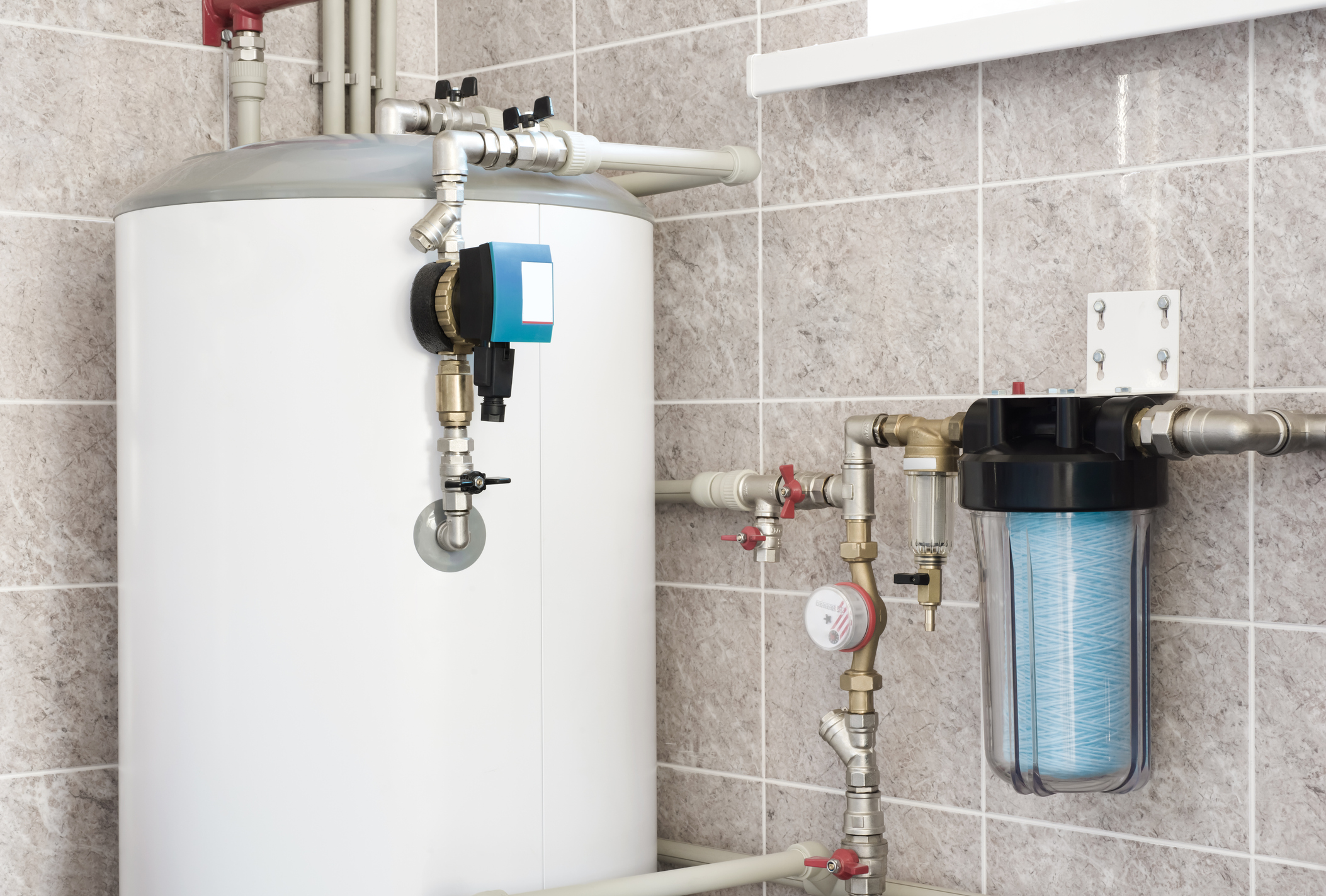Caring for Your Home's Hot Water System: Key TipsMaking Sure Durability of Your Home's Hot Water System: Care Tips
Caring for Your Home's Hot Water System: Key TipsMaking Sure Durability of Your Home's Hot Water System: Care Tips
Blog Article
Everybody is bound to have their personal theory about Tips on Maintaining a Water Heater.

Warm water is vital for everyday convenience, whether it's for a rejuvenating shower or cleaning dishes. To ensure your warm water system runs efficiently and lasts longer, routine upkeep is key. This post provides useful pointers and insights on exactly how to preserve your home's warm water system to avoid disruptions and costly repair services.
Intro
Maintaining your home's hot water system could seem challenging, however with a couple of simple steps, you can guarantee it runs smoothly for years to find. This overview covers every little thing from understanding your hot water system to DIY maintenance ideas and understanding when to contact expert assistance.
Value of Keeping Your Warm Water System
Normal upkeep not only extends the lifespan of your hot water system yet additionally ensures it operates efficiently. Overlooking upkeep can cause lowered performance, greater power costs, and also early failing of the system.
Indicators Your Hot Water System Needs Maintenance
Knowing when your hot water system needs attention can avoid significant problems. Look out for signs such as inconsistent water temperature, strange noises from the heater, or rusty water.
Recognizing Your Warm Water System
Prior to diving right into upkeep jobs, it's helpful to recognize the standard elements of your hot water system. Typically, this consists of the water heater itself, pipes, anode poles, and temperature level controls.
Monthly Upkeep Tasks
Routine regular monthly checks can assist catch minor issues prior to they rise.
Purging the Water Heater
Purging your hot water heater removes debris buildup, boosting effectiveness and prolonging its life.
Monitoring and Changing Anode Rods
Anode poles stop rust inside the tank. Inspecting and changing them when broken is vital.
Examining and Adjusting Temperature Level Setups
Changing the temperature setups makes sure ideal performance and safety and security.
Do It Yourself Tips for Maintenance
You can perform numerous upkeep tasks on your own to maintain your hot water system in top problem.
Checking for Leaks
Consistently check pipes and connections for leakages, as these can result in water damage and greater expenses.
Checking Pressure Alleviation Valves
Checking the pressure safety valve ensures it functions properly and avoids too much stress buildup.
Shielding Pipes
Shielding warm water pipes minimizes heat loss and can conserve energy.
When to Call a Professional
While do it yourself maintenance is useful, some issues need professional experience.
Complicated Concerns Needing Professional Assistance
Examples consist of significant leaks, electric issues, or if your hot water heater is regularly underperforming.
Regular Specialist Maintenance Advantages
Specialist upkeep can include extensive examinations, tune-ups, and ensuring conformity with security criteria.
Conclusion
Routine maintenance of your home's hot water system is crucial for efficiency, long life, and cost savings. By complying with these ideas and recognizing when to look for specialist aid, you can ensure a reliable supply of hot water without unforeseen disruptions.
How to Maintain an Instant Hot Water Heater
Before tinkering with your hot water heater, make sure that it’s not powered on. You also have to turn off the main circuit breaker and shut off the main gas line to prevent accidents. Also turn off the water valves connected to your unit to prevent water from flowing into and out of the appliance. 2. When you’re done, you have to detach the purge valves’ caps. These look like the letter “T” and are situated on either side of the water valves. Doing so will release any pressure that has accumulated inside the valves while at the same time avoid hot water from shooting out and burning your skin. 3. When the purge valves’ caps are removed, you have to connect your hosing lines to the valves. Your unit should have come with three hoses but if it didn’t, you can purchase these things from any hardware or home repair shops. You can also get them from retail stores that sell water heating systems. Read the user’s manual and follow it to complete this task properly. When the hosing lines are connected, open the purge port’s valves. 4. You should never use harsh chemical cleaners or solutions when cleaning your unit. Make use of white vinegar instead. It should be undiluted and you’ll probably use about 2 gallons. 5. Now flush your water heater. This task should probably take about 40 minutes. We can’t give you specific directions for this because the procedure is carried out depending on the type, model and brand of your heater. With that being said, refer to the user’s manual. 6. When you’re done draining the unit, you have to turn off the purge port valves again. Remove the hosing lines that you earlier installed on each of the water valves. Put the valve caps (purge port) back in their respective places and be very careful so as not to damage the rubber discs that are found inside these caps. 7. Now that everything’s back in place, check your user’s manual again to find out how to reactivate your water heating system. 8. Once it is working, turn one of your hot water faucets on just to let air pass through the heater’s water supply pipes. Leave the tap on until water flows smoothly out of it. https://www.orrplumbing.com/blog/2014/september/how-to-maintain-an-instant-hot-water-heater/

I was guided to that article on What Kind of Maintenance Do Water Heaters Need? through an acquaintance on a different web blog. Enjoyed reading our entry? Please quickly share it. Help other people locate it. Kudos for your time. Don't forget to come by our blog back soon.
Check This Out Report this page